Cycling / Hot weather
Building a ‘cool air’ cycling system in hot, humid Bangkok – Mobycon’s first ACTIVE programme in Southeast Asia – Part 2
In a previous post, we described barriers that limit everyday cycling in Bangkok, as well as the potential for this flat, dense, mixed-use city of 10 million people to become a regional leader in cycling and walking. In this post, we present some of the solutions and concepts that emerged from Mobycon’s work with a diverse set of professionals (including engineers and policymakers) from the Bangkok municipality, activists, and academics, as well as our Dutch partners – the Dutch Cycling Embassy, Arcadis, and the Ministry of Infrastructure and Water Affairs.
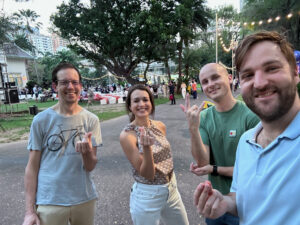
Figure 1. Project team – left to right: Marco Mulder (Arcadis), Margot Daris (DCE), Teun Zeeger (Ministry of Infrastructure), Brett Petzer (Mobycon)
Bangkok’s commitment to devote the ground plane to car-centric infrastructure has recently come under scrutiny, as the city’s Governor sets out an ambitious agenda for investment in active travel. The Governor and deputies attended the workshops we led over the course of the week, lending valuable political support to city officials who are eager to adapt Dutch-inspired designs to Bangkok’s wide roads and major intersections. On the Dutch side, the active involvement of the Ambassador and staff further enabled us to speak and work with our Thai counterparts with nuance, detail, and mutual trust, especially regarding issues like enforcement of road rules.

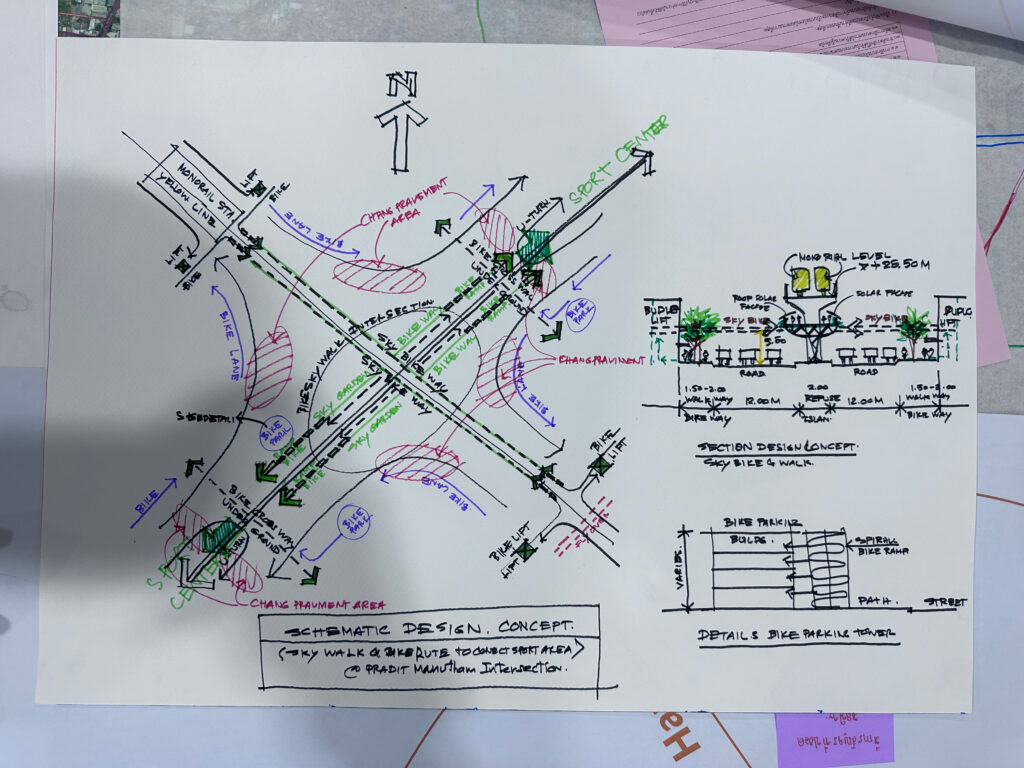
Figure 2: Bangkok’s new cycling links offer more direct connections to green spaces, but also place high demands on users, and thereby exclude people who, in this case, cannot push their own bicycle up a steep ramp
Figure 3: This sketch by workshop participants is an example of the high level of detail and vision achieved over three intensive days of co-creation.
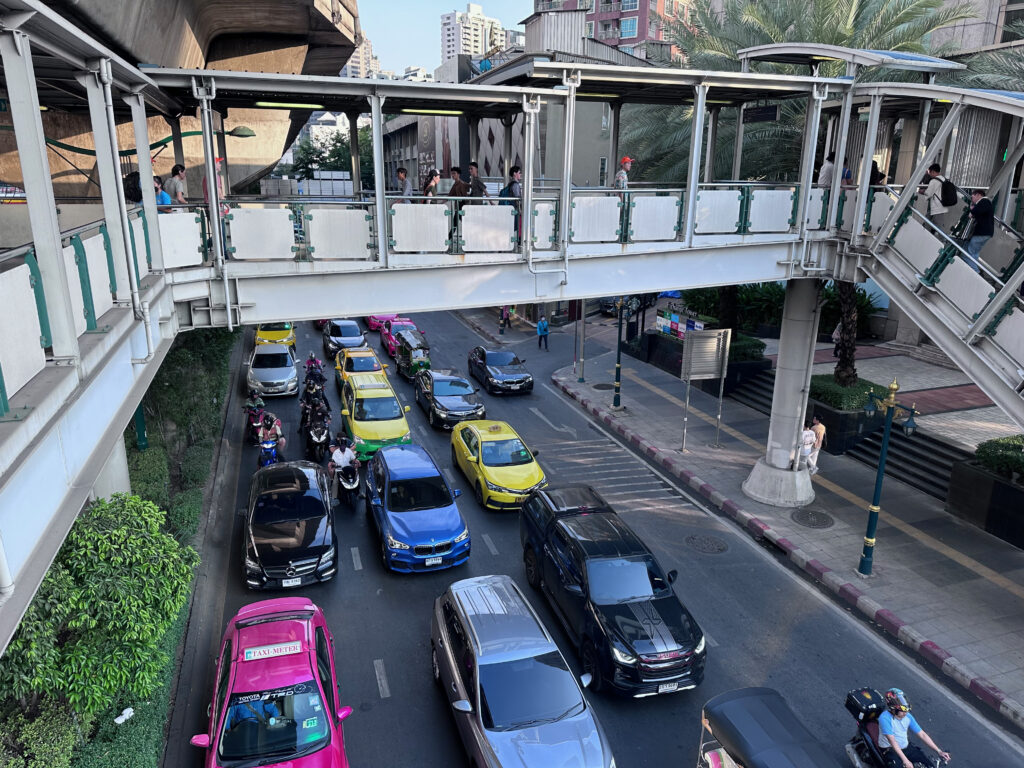
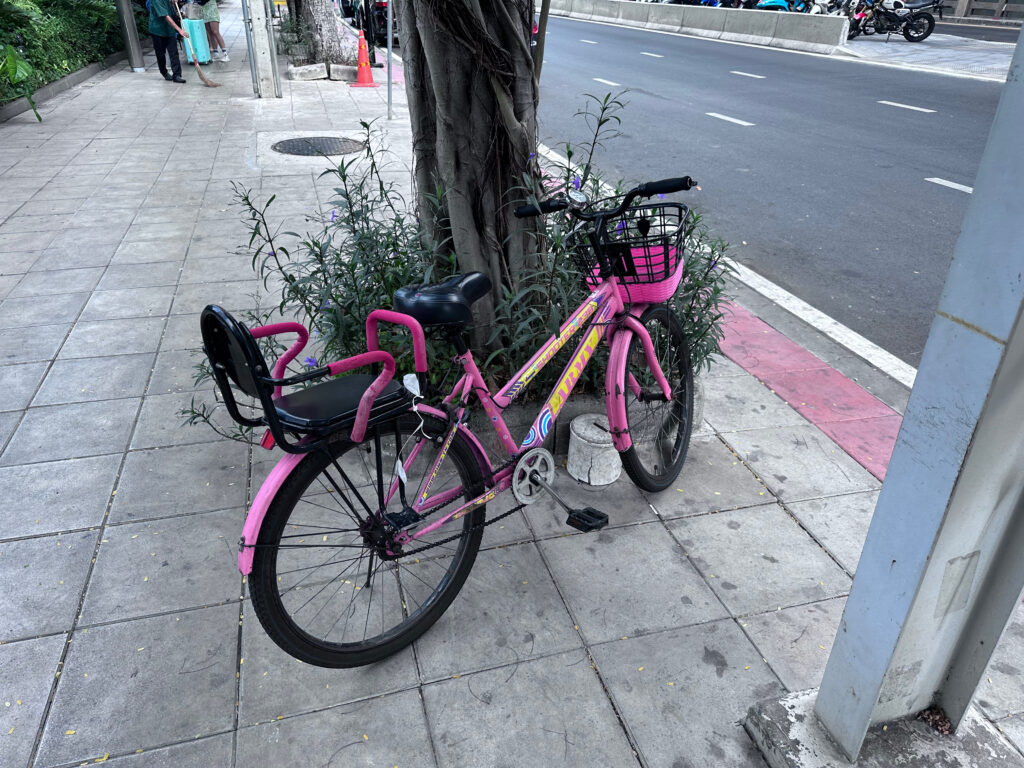
Figure 4: Pedestrian overpasses are a feature of Bangkok streets – here, they access rapid transit in the median – but these bridges are also placed along many city roads, forcing people walking to make detours so that people driving do not have to wait at intersections
Figure 5: Despite some of the challenges mentioned, it is clear that Bangkok is already a cycling city – including for its youngest residents.
Mobycon’s role in the workshops was threefold. Firstly, to share knowledge of how a good cycling system (consisting of both hard and soft infrastructure, as well as institutional elements) must be anchored in a network vision. Secondly, to create rough proposals for how this cycling infrastructure could solve problems at key case study sites (which the city intends to develop on a pilot basis in the near future). And thirdly, to test and validate our in-house thinking about how Dutch cycling design can contend with hot and humid urban climates.
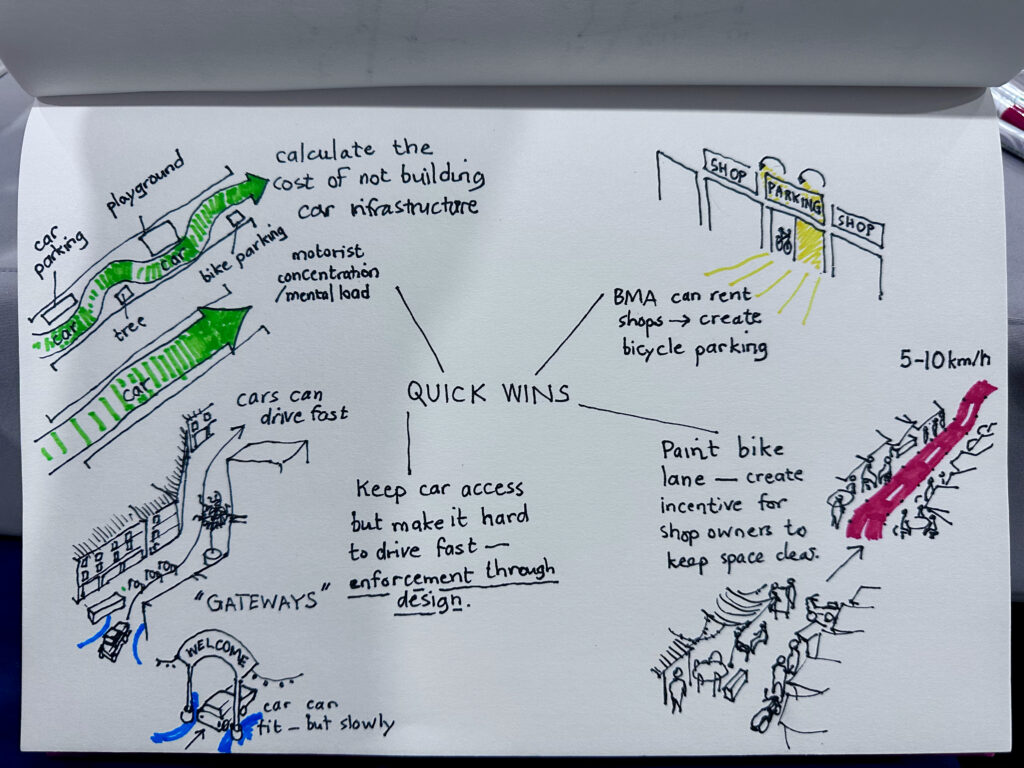
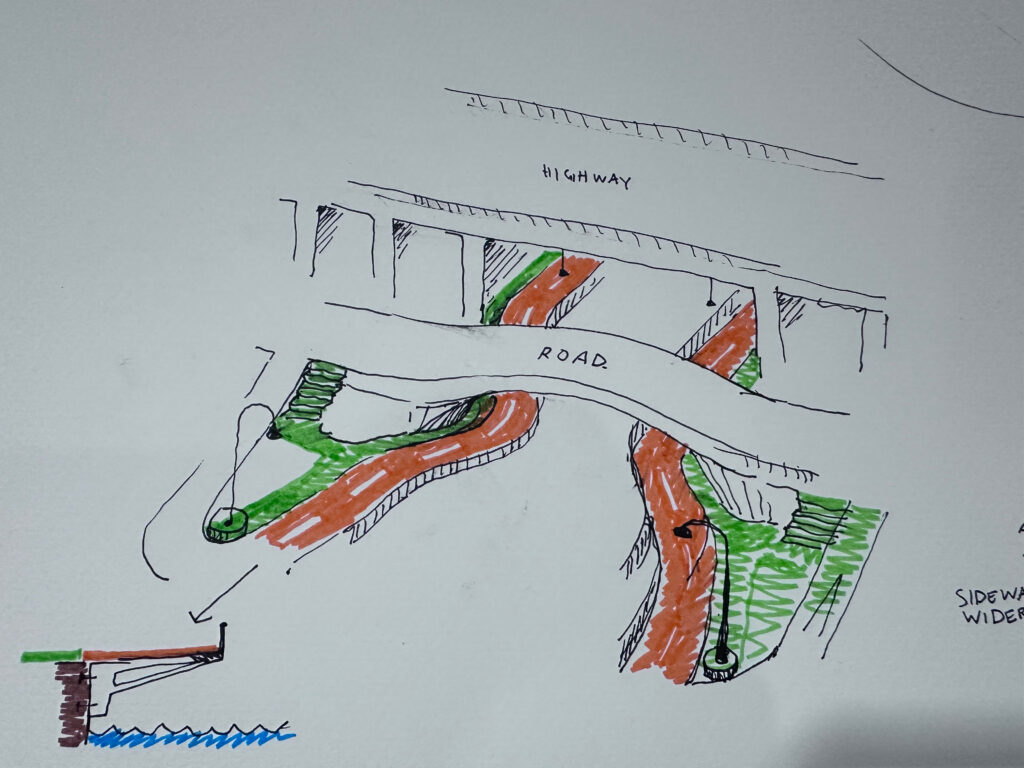
Figure 6: Own sketch of ‘quick wins’ for Bangkok’s cycling network
Figure 7: Own sketch of how canal-side, cantilevered cycle tracks might continue underneath a motorway and local road viaduct
At the end of a week of hard work, I left Bangkok full of new ideas, inspired by the knowledgeable and dedicated workshop participants, which included experts in fields ranging from housing to water. I left with questions such as:
- Can the city’s canals and green spaces be connected to make a ‘cool air network’ of cycling links?
- Could a strategic network of city streets be declared zero-emission spaces, lowering daytime temperatures by up to 10 degrees Celsius?
- Could the removal of parking make space for far more vegetation as well as informal trade?
- Could all of this infrastructure be connected by wayfinding into a ‘cool air network’ that offers both reliable active travel, and access to vibrant street life?
Our engagement with Bangkok, and with hot and humid cities in general, is just beginning, but this week shows that there is no shortage of cycling design concepts to refine, test, and develop.
With special thanks to Margot Daris of the DCE for her excellent work in bringing this project together at short notice, and Arissara Weiler of the Dutch Embassy in Bangkok for invaluable support on the ground.
 ">
">Brett Petzer
‘The hard work and the resources dedicated to making claims for space in a city are a reflection of their true priorities. I want these claims to become more equitable, so that motorists must work as hard to retain parking space as cyclists and pedestrians have to work to gain safe space.’

